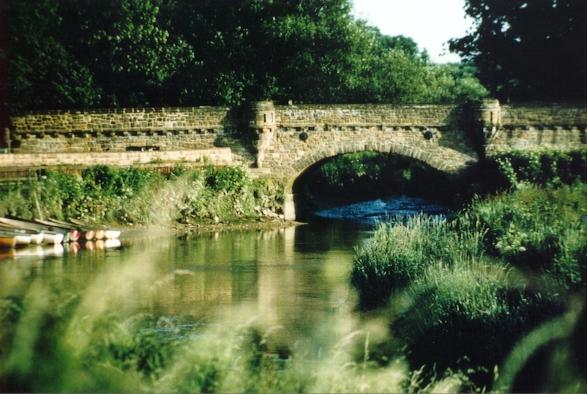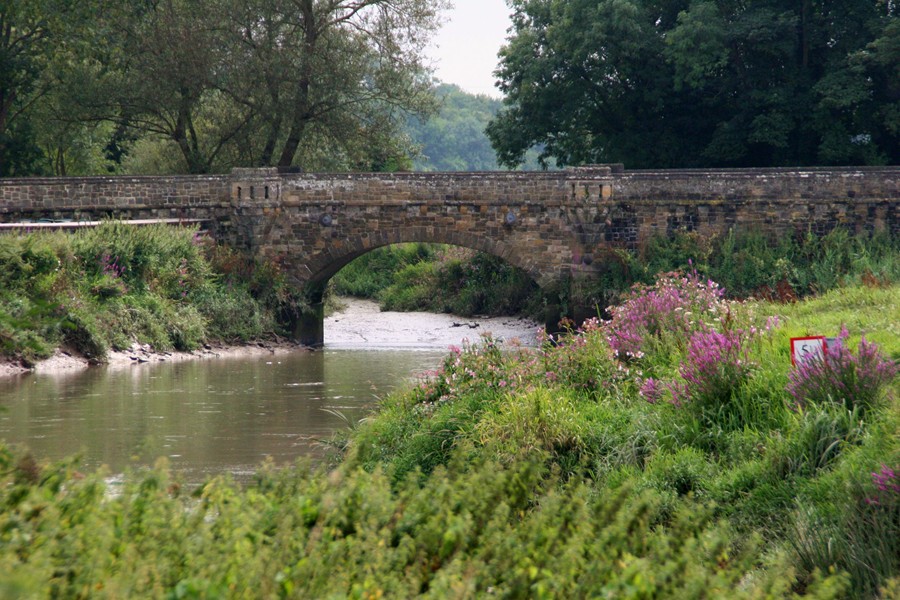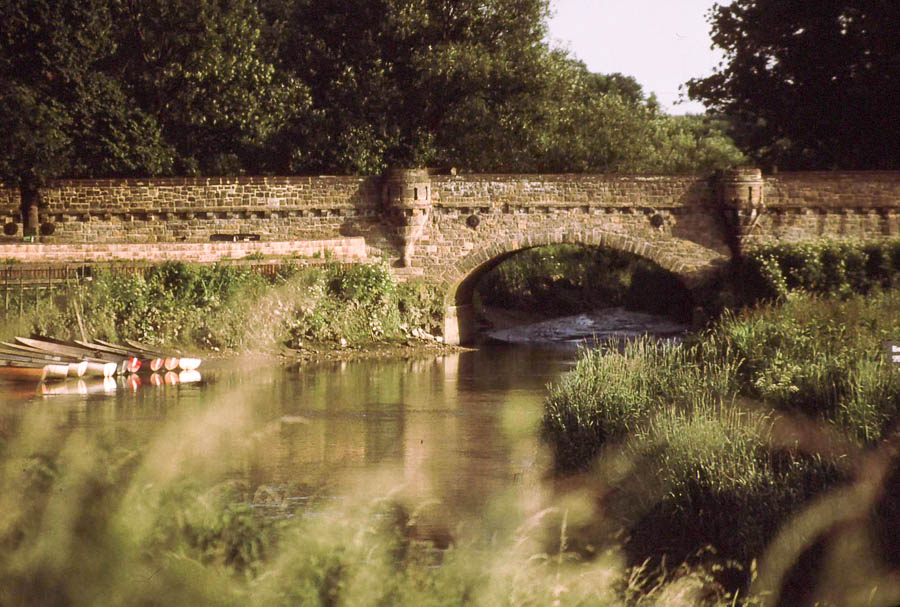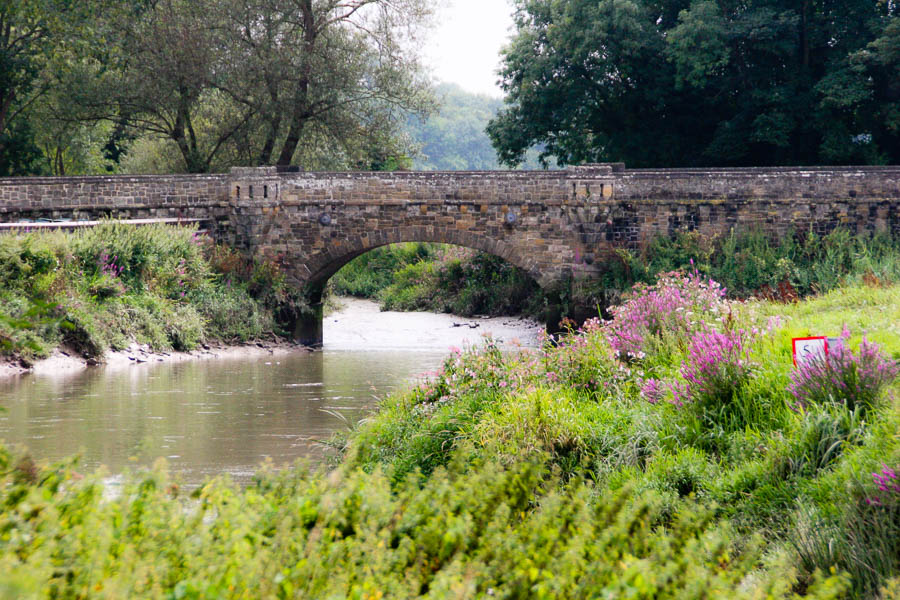Elon Musk's Boring Co. has gotten approval to start work on a high-speed underground connection between O'Hare and downtown Chicago:
The promised project: A closed-loop pair of tunnels from Block 37 in the central Loop to the airport that would whisk passengers to their flights in 12 minutes, using autonomous pod-like vehicles, or electric skates, that would depart as frequently as every 30 seconds and carry up to 16 passengers and their luggage.
If all goes as it should, [Deputy Mayor Robert] Rivkin said, construction work could begin next year with actual service in operation around 2022.
The Chicago project generally would use already existing "electric skate" technology, though it would link them together in a form and length that is unique to this country. The direct connection via a dedicated tunnel would allow those vehicles to accelerate to over 100 miles per hour, according to the city and Boring, slashing the time on the 27 km O'Hare run. And the project would-use the long mothballed CTA "superstation" under Block 37 as a terminal, with the end point located near the CTA's Blue Line terminus close to O'Hare terminals but outside of the airport's security perimeter.
I really, really hope the project succeeds. It will be nice to get from O'Hare to downtown that quickly, though I doubt the $25 fare will last long. For comparison to other under-20-minute express trains, the Heathrow Express costs $29 while the Schiphol Fyra (to Amsterdam) only costs $6.25. If you want to take an hour, the El costs $5 and the Tube $4.10 (off-peak).
Total Daily Parker bait:
At the start of the last ice age, 2.6 million years ago, a sheet of frozen water formed atop North America that kept expanding and thickening until it reached a maximum depth of roughly two miles.
At its southern edge, the vast body deposited tons of rocky debris — from sand and pebbles to boulders the size of school buses. Then, some 18,000 years ago, the planet began to warm and the gargantuan sheet of ice began to melt and retreat.
Today, the southernmost edge of that frozen expanse is marked by a line of rubble that extends across the northern United States for thousands of miles. The largest deposits form what geologists call a terminal moraine.
The intermittent ridge runs from Puget Sound to the Missouri River to Montauk Point on Long Island, forming the prominence that supports its old lighthouse. The ancient sheet of ice also left its mark on a very modern phenomenon: New York City.
It's a clear explanation of how the terminal moraine formed the New York metro area, and where in the area you can see direct evidence of glaciation.
Stuff that landed in my inbox today:
Also, while we're on the subject of the C-word, I love Minnie Driver's response: "That was the wrong word for Samantha Bee to have used. But mostly because (to paraphrase the French) Ivanka has neither the warmth nor the depth."
Every so often I like to revisit old photos to see if I can improve them. Here's one of my favorites, which I took by the River Arun in Amberley, West Sussex, on 11 June 1992:

The photo above is one of the first direct-slide scans I have, which I originally published here in 2009, right after I took this photo at nearly the same location:

(I'm still kicking myself for not getting the angle right. I'll have to try again next time I'm in the UK.)
Those are the photos as they looked in 2009. Yesterday, during an extended internet outage at my house, I revisited them in Lightroom. Here's the 1992 shot, slightly edited:

And the 2009 shot, with slightly different treatment:

A side note: I did revisit Amberley in 2015, but I took the path up from Arundel instead of going around the northern path back into Amberley as in 2009, so I didn't re-shoot the bridge. Next time.
Chicago Public Media's Curious City blog examined the city's plan to replace 270,000 sodium vapor streetlights with LEDs in the next three years:
[C]ity officials are undertaking an ambitious four-year plan to use LEDs for about 80 percent of the city’s streetlights. They hope this plan will save the cash-strapped city $100 million over a decade and improve public safety. This summer, the city will charge forward with the next phase of the plan, which will ultimately replace 270,000 lights around the city by 2021.
But critics say this isn’t a bright idea — or maybe too bright of an idea? — and they point to a growing body of science showing links between some LED lights and health and environmental problems.
Here’s a rundown of those concerns, what experts say, and how the city responded.
1. Light pollution: Will I be able to see the stars in the sky?
What’s going on? Chicago has long been one of the most light polluted cities in the world, hampering citizens’ ability to see stars, according to some scientists. Over the past year, the city has been installing a type of LED light that it says will reduce overall light pollution. Those lights clock in at 3,000 Kelvin, which is the unit used to measure light temperature with higher numbers having more blue light. But critics say those lights give off too much blue light, which can worsen light pollution, and they want the city to use LED lights that are lowered to 2,200 Kelvin with a much more orange hue.
What do the experts say? Professor Martin Aube, a Canadian physicist and light pollution researcher, says the LED lights the city is installing now could actually slightly reduce light pollution compared to the older, non-LED lights they’re replacing. But he says using 2,200-Kelvin LED lights would reduce Chicago’s light pollution by “at least 50 percent” of current levels.
Also interesting is who asked the question and how far he got on his own.
CityLab's Allan Richarz reports on the techniques Japan uses to get 13 billion passengers through its rail system each year:
Ridership of that volume requires a deft blend of engineering, planning, and psychology. Beneath the bustle, unobtrusive features are designed to unconsciously manipulate passenger behavior, via light, sound, and other means. Japan’s boundless creativity in this realm reflects the deep consideration given to public transportation in the country.
Standing at either end of a platform in Tokyo’s labyrinthine Shinjuku Station, one might detect a small square LED panel emitting a pleasant, deep-blue glow. Nestled among vending machines and safety posters, the panel might be dismissed as a bug zapper. But these simple blue panels are designed to save lives.
Operating on the theory that exposure to blue light has a calming effect on one’s mood, rail stations in Japan began installing these LED panels as a suicide-prevention measure in 2009. They are strategically located at the ends of each platform—typically the most-isolated and least-trafficked area, and accordingly, the point from which most platform jumps occur. Some stations, such as Shin-Koiwa Station in Tokyo, bolster their LED regime with colored roof panels, allowing blue-tinted sunlight to filter down on to platforms.
It is an approach that has proven to be surprisingly effective. According to a study by researchers at the University of Tokyo published in the Journal of Affective Disorders in 2013, data analyzed over a 10-year period shows an 84 percent decline in the number of suicide attempts at stations where blue lights are installed. A subsequent study revealed no corresponding increase in suicide attempts at neighboring stations lacking such lights.
Japan also uses short ditties to let you know your train is leaving (cf. the horrible klaxon they use at O'Hare's Blue Line stop), point-and-call safety checks, and 17 Hz infrasound at busy platforms to shoo away teenagers.
So why haven't we adopted these things here? Maybe if half of Americans commuted by train instead of by car, things might improve. Notably, the UK and other European rail-friendly countries have adopted some of these techniques.
A little Tuesday morning randomness for you:
Back to debugging acceptance tests.
Richard Florida demonstrates how Amazon's HQ2 competition was rigged:
A detailed analysis undertaken by Patrick Adler, my colleague at the University of Toronto’s Martin Prosperity Institute, and Adam Singer, a graduate student at the university’s Rotman and Munk schools, took a look at how all 238 HQ2 applicant cities and the 20 finalists lined up on Amazon’s RFP criteria. While it can be difficult to measure whether a given city adheres to each criterion, their analysis shows that many of the finalist cities do not even fit the most obvious ones. What’s more, several of the rejected cities seem to fit Amazon’s criteria for its HQ2 city better than some of the finalists.
[I]t’s worth asking why these 20 cities were selected as finalists, even if others would appear to be better candidates according to Amazon’s own criteria. Our analysis suggests the finalists may have other things in common that are not listed on the company’s RFP.
For one, the finalists are more likely to be farther away from the company’s original home base in physical distance, reflecting the predominance of East Coast cities on the list. Last year, an Amazon executive was quoted as saying that Amazon would like to build HQ2 outside of the Pacific Northwest, to attract a more diverse set of employees.
Finalist cities are also likely to have a larger share of tech workers. And they are more likely to have non-stop flights to the company’s current home base in Seattle.
But one factor is even more interesting. Our analysis found that shortlisted cities had more U.S. senators with considerable seniority.
At the end of the day, none of this should surprise us. Like all corporate site selection, the HQ2 process is a rigged game, where the company knows the answer in advance and sets up a fictitious competition to wrest maximum incentives.
Besides the political advantages, there are many signs that Amazon’s HQ2 is heading to the greater Washington, D.C. region—the fact that its CEO has a multi-million dollar mansion there (currently undergoing a $12 million renovation, with large public rooms for social events) and already owns the Washington Post; the fact that three area jurisdictions made the shortlist; and the fact that the person running Amazon’s search previously ran an economic development agency in the region. Perhaps four other metros on the list are serious contenders—New York, Boston, Chicago, and Toronto—with Philadelphia, Denver, Atlanta, and Dallas having an outside chance.
Chicago, however, will be less likely to play the race-to-the-bottom game.
Chicago Cubs owner Tom Ricketts has announced a joint venture with Sterling Bay, the developer building on the former Finkl Steel site in Lincoln Park (mentioned here last week), to bring professional soccer back to Chicago:
Sterling Bay will develop and own the stadium, and will keep an ownership stake in the USL franchise it bought last year. Ricketts will be the team’s majority owner.
The Tribune in October reported that Sterling Bay was proposing a stadium on the site, as part of its effort to bring Amazon or another large corporation to the mixed-use development as an office tenant.
Chicago’s USL team is expected to begin playing in 2021.
The stadium and training facility will be available to youth and professional athletes, and also will have community and cultural events, according to the news release.
The stadium is planned along the west side of the river.
I'm looking forward to the Lincoln Yards development. The Finkl Steel plant, though an economic powerhouse for decades in Chicago, was also a huge, ugly, and polluting bunion at the foot of the Lincoln Park community area. Like other former industrial areas near to downtown (including, or perhaps especially, the New East Side), almost any mixed-use commercial/residential development is preferable at this stage of Chicago's life.
Also, I think an English Premier League vs. Chicago football match would be loads of fun.
British Airways has started daily service between Chicago and London on the Airbus A380:
Last year, British Airways said it would begin using the A380 on one of two daily flights between Chicago and London. The aircraft seats up to 469 passengers in four cabins, including 14 first-class suites, 97 lie-flat business-class seats and 55 premium economy seats, with the remaining 303 in coach, British Airways said.
It’s only within the past couple of years that O’Hare has had facilities to accommodate the A380, which is 72.5 m long and 24 m high, with a 79.5 m wingspan. O’Hare has had a runway big enough for the A380 since 2013 but lacked gates that fit two-level planes at the time.
There is a non-zero chance, therefore, that I will fly on one of these bad boys before 2018 ends. (It's not a great chance, but it's at least a chance.)